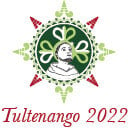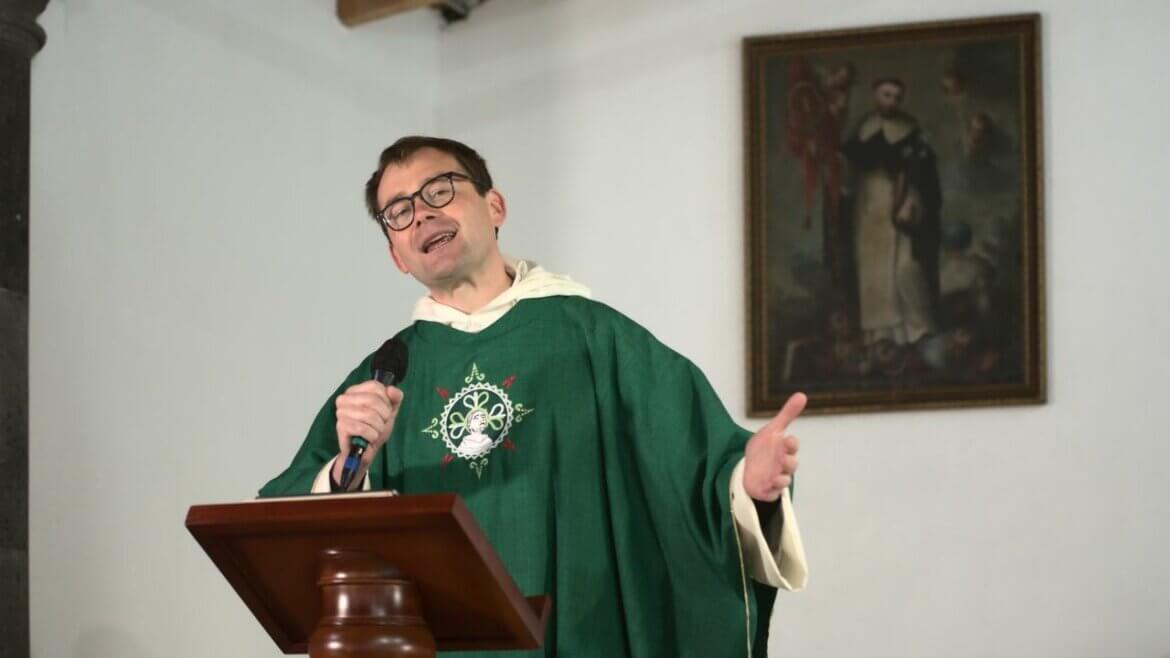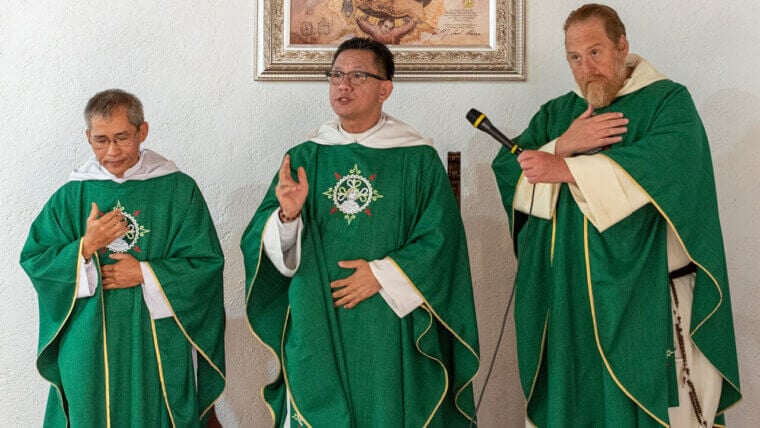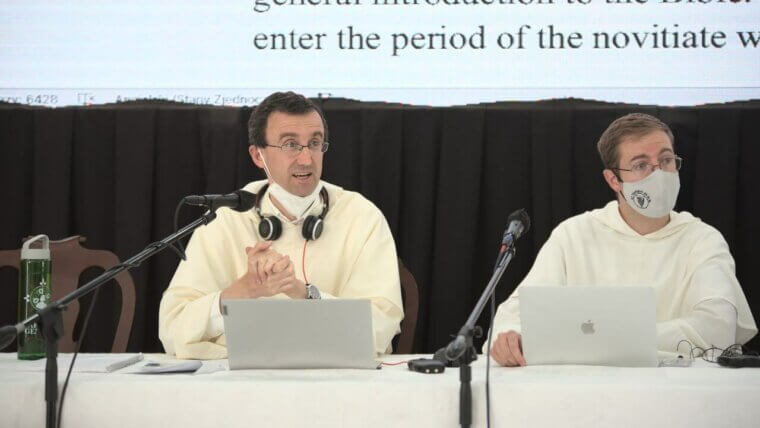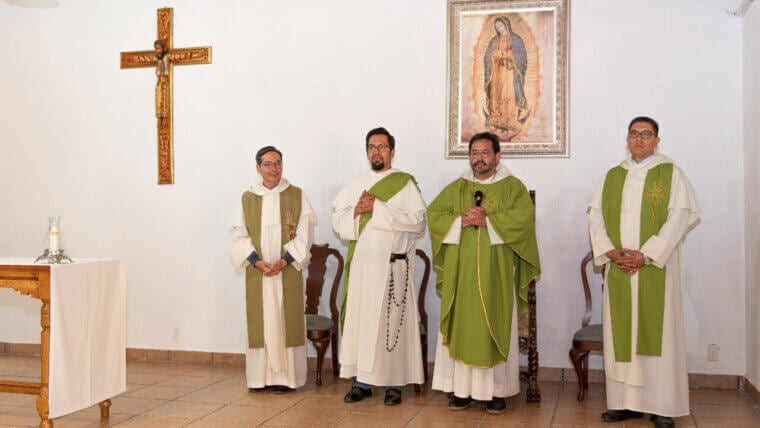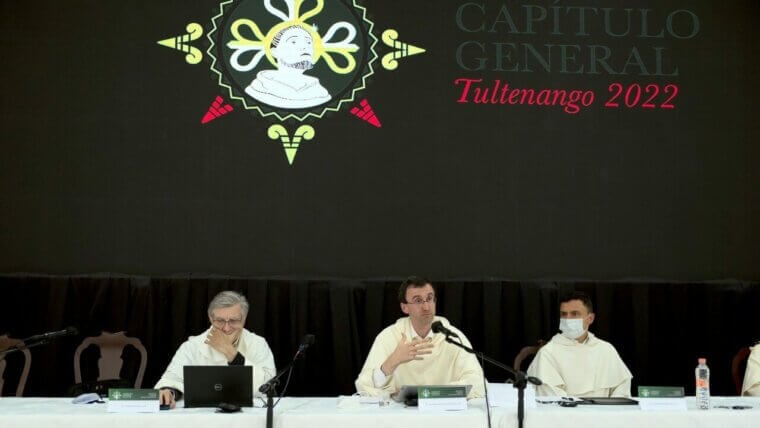August 3, 2022
Matthew 15,21-28
Dear brothers and sisters,
around two thousand years ago Jesus healed a little Canaanite girl from a demon because her mother begged him to do so.
We can imagine the relief of the woman who knew that her child was cured. We can also imagine the embarrassment of the disciples who tried to get rid of her because they wanted to be left alone.
With this miracle of healing, Jesus affirmed to his disciples both his mission and his divinity, but it also tells us today something about our presence and our future.
When answering to the woman’s request, he first asserts somewhat primly that he was sent to the “lost sheep of the house of Israel”. Here we see the beauty of the mystery of his incarnation: in Jesus, God chose to limit himself to share man’s earthly life with all it’s beautiful particularities: He was, like all of us, a member of a particular family in a particular culture formed by a particular faith, in his case the faith of Israel.
But by wandering into a foreign region, Tyre and Sion, he cracks the shell of the confinement of his own culture, making clear the true scope of his mission which is universal. It could be described as an enormous divine crescendo, reaching out from Israel to the wider world and changing its entire tonality into a paschal key. It is our job as preachers to help the Lord that the crescendo of his mission keeps resounding through the ages.
By healing the Canaanite women’s daughter, Jesus showed his disciples the universality of his mission. But he also asserted his divinity. There is of course only one who can ultimately cast out all demons, giving true healing and life: God himself. Jesus shows us, how God really is and how He acts on us. In healing the Canaanite girl from the demon, we see that He is the God of healing, joy, and life for all man.
Last Saturday, our Mexican brethren invited us to experience il “Dia del los Muertos”. On the ensuing day some of us tried a bit of lovely Dominican analysis about which elements of this tradition were Christian and which ones were not. We did of course not reach a definite conclusion.
For me, this tradition expresses a deep desire of man: to be reunited with our deceased loved ones and to have a joyful banquet with them.
It can therefore remind us to the great trajectory of our Christian life: we all await the day when Christ will come again, raise all the dead inviting them to a New Heaven and Earth, his eternal kingdom, or to use another biblical image: the eternal banquet.
This is foreshadowed when Jesus heals the girl in today’s Gospel: she was in a remote place, somewhere in Canaan, with a demon, so literally in a place of shadow from which Jesus saved her through the intercession of her mother, raising her to life.
Dear brothers and sisters, please allow me to conclude my homily with a personal note. I really shouldn’t be here. The brother my province originally elected definitor to the chapter was Fr. Wolfram Hoyer. He was a historian, serving a couple of years in our Historical Institute at the Angelicum in Rome. He died two years ago in a tragic accident on his way back from conferring The Last Rites in a hospital. I’m hist substitute.
Those of you who remember him will probably agree that Wolfram wouldn’t mind sharing the following anecdote with you. At a reception at the Angelicum, a friar asked Timothy Radcliffe “Timothy, who is this man standing next to Wolfram?” “My dear, this is still Wolfram.”
Let us pray for Fr Wolfram and ask the Lord that he might help us in the particularities of our
daily lives as we carry on the healing mission of Christ. Amen.
Br. Robert Mehlhart OP

